-
 Bitcoin
Bitcoin $120100
1.16% -
 Ethereum
Ethereum $4329
2.25% -
 XRP
XRP $3.192
-0.22% -
 Tether USDt
Tether USDt $1.000
-0.01% -
 BNB
BNB $805.2
0.47% -
 Solana
Solana $178.7
-1.85% -
 USDC
USDC $0.9998
0.00% -
 Dogecoin
Dogecoin $0.2305
-1.62% -
 TRON
TRON $0.3445
1.17% -
 Cardano
Cardano $0.7940
-1.28% -
 Hyperliquid
Hyperliquid $44.44
-1.20% -
 Chainlink
Chainlink $21.86
-2.42% -
 Stellar
Stellar $0.4423
-0.15% -
 Sui
Sui $3.728
-3.84% -
 Bitcoin Cash
Bitcoin Cash $584.8
2.19% -
 Hedera
Hedera $0.2524
-2.87% -
 Ethena USDe
Ethena USDe $1.001
-0.02% -
 Avalanche
Avalanche $23.66
-0.78% -
 Litecoin
Litecoin $124.5
0.39% -
 Toncoin
Toncoin $3.399
1.77% -
 UNUS SED LEO
UNUS SED LEO $9.002
-0.44% -
 Shiba Inu
Shiba Inu $0.00001327
-2.10% -
 Uniswap
Uniswap $11.42
2.58% -
 Polkadot
Polkadot $3.957
-2.50% -
 Cronos
Cronos $0.1696
4.50% -
 Dai
Dai $1.000
0.00% -
 Ethena
Ethena $0.8139
3.04% -
 Bitget Token
Bitget Token $4.442
-0.38% -
 Monero
Monero $271.2
2.93% -
 Pepe
Pepe $0.00001168
-2.91%
How do I protect my NFTs from being stolen?
NFTs are secured on blockchain, but theft often occurs via phishing, malware, or compromised private keys—protect your wallet and never share your recovery phrase.
Aug 11, 2025 at 06:28 pm

Understanding the Risks to NFT Ownership
NFTs, or non-fungible tokens, represent unique digital assets secured on blockchain networks. Despite their cryptographic foundation, NFTs are not immune to theft. The primary risk does not stem from the blockchain itself, which is highly secure, but from user-side vulnerabilities. Most thefts occur due to compromised private keys, phishing attacks, or unauthorized access to digital wallets. Since ownership of an NFT is tied directly to the wallet address that holds it, anyone with access to that wallet can transfer or sell the NFT without the original owner’s consent.
Common attack vectors include fake websites, malicious software, and social engineering tactics. Scammers often impersonate legitimate NFT marketplaces or support teams to trick users into revealing sensitive information. Another growing threat is malware that logs keystrokes or captures clipboard data, potentially altering wallet addresses during transactions. Understanding these risks is the first step toward building a robust defense strategy.
Securing Your Digital Wallet
The wallet you use to store NFTs plays a critical role in protecting your assets. There are two main types: hot wallets and cold wallets. Hot wallets, such as browser extensions like MetaMask, are convenient but connected to the internet, making them more vulnerable. Cold wallets, like Ledger or Trezor, are hardware devices that store private keys offline, offering a higher level of security.
To maximize protection:
- Use a hardware wallet for storing high-value NFTs.
- Never share your recovery phrase with anyone, not even customer support.
- Always verify the authenticity of wallet software before downloading.
- Enable PIN protection and biometric authentication on supported devices.
When setting up a wallet, ensure you write down the recovery phrase and store it in a secure, physical location—never digitally. Avoid taking screenshots or saving it in cloud storage, as these can be hacked. Regularly update your wallet’s firmware to patch known vulnerabilities.
Recognizing and Avoiding Phishing Attempts
Phishing remains one of the most effective methods for stealing NFTs. Attackers create fake versions of popular NFT platforms such as OpenSea, Blur, or Rarible, often using URLs that look nearly identical to the real ones. These sites prompt users to connect their wallets, which grants attackers approval to move assets.
To avoid falling victim:
- Always double-check the website URL before connecting your wallet.
- Bookmark official NFT marketplace websites to avoid accidental navigation to fake sites.
- Never click on links in unsolicited emails, social media messages, or Discord DMs.
- Look for HTTPS and a valid SSL certificate in the browser bar.
Some phishing attacks exploit smart contract approvals. When you connect your wallet to a site, you may be asked to approve a contract. If that contract is malicious, it could allow unlimited transfers of your NFTs. Always review the permissions being requested. Use tools like revoke.cash to monitor and revoke unnecessary approvals.
Managing Smart Contract Approvals
Every time you interact with an NFT marketplace or decentralized application (dApp), you may grant that platform permission to manage your assets. This is done through ERC-721 or ERC-1155 token approvals. While necessary for trading, these approvals can become dangerous if granted to untrusted contracts.
To maintain control:
- Limit approvals to specific NFTs instead of granting full access.
- Use dApps that support per-token approval rather than blanket access.
- Regularly audit your active approvals using blockchain explorers or dedicated tools.
For example, on Ethereum, you can use Etherscan’s Token Approvals checker to see which contracts can move your NFTs. If you spot an unfamiliar or suspicious approval, revoke it immediately. Revocation does not cost gas on some networks due to recent improvements, but on Ethereum, a small fee is required. This process involves sending a transaction that sets the approved address to zero.
Enhancing Security with Multi-Factor Authentication and Backups
While blockchain wallets don’t use traditional passwords, securing the devices and accounts linked to them is essential. If your email, cloud storage, or exchange account is compromised, attackers might gain indirect access to your wallet. Enable two-factor authentication (2FA) on all associated accounts, especially email and exchange profiles.
Use an authenticator app like Google Authenticator or Authy, not SMS-based 2FA, which is vulnerable to SIM-swapping attacks. Store backup codes in a secure location, separate from your recovery phrase.
For additional protection:
- Maintain multiple secure backups of your recovery phrase, stored in fireproof and waterproof containers.
- Consider using a shamir backup (available on some Ledger models), which splits the recovery phrase into multiple parts.
- Avoid connecting your wallet to public Wi-Fi networks when performing transactions.
Keep your operating system, browser, and antivirus software updated to defend against malware that could intercept sensitive data.
Frequently Asked Questions
Can someone steal my NFT if they only know my wallet address?
No. A wallet address is public information and only allows others to view your holdings. Theft requires access to your private key or recovery phrase, which must be kept secret. Simply knowing the address poses no risk.
What should I do if my NFT gets stolen?
Immediately disconnect your wallet from all dApps and revoke all approvals using a tool like revoke.cash. Report the theft to the relevant blockchain’s community or support team. While blockchain transactions are irreversible, providing details may help in tracking the attacker’s activity. Consider alerting NFT marketplaces to flag the stolen item.
Is it safe to keep NFTs on an exchange wallet?
No. Exchange wallets are custodial, meaning the exchange controls the private keys. If the exchange is hacked or shuts down, you could lose access. Always transfer NFTs to a non-custodial wallet where you control the keys.
How can I verify the legitimacy of an NFT marketplace?
Check the official website through trusted sources like the project’s verified social media accounts. Look for security badges, community reviews, and whether the site uses HTTPS with a valid certificate. Cross-reference the URL with known phishing databases like MetaMask’s phishing detector.
Disclaimer:info@kdj.com
The information provided is not trading advice. kdj.com does not assume any responsibility for any investments made based on the information provided in this article. Cryptocurrencies are highly volatile and it is highly recommended that you invest with caution after thorough research!
If you believe that the content used on this website infringes your copyright, please contact us immediately (info@kdj.com) and we will delete it promptly.
- Bitcoin, Solana, MAGACOIN FINANCE: Navigating the 2025 Crypto Landscape
- 2025-08-12 00:30:13
- Cardano, ADA Holders, and Layer Brett: A Meme Coin with Real Utility?
- 2025-08-12 00:50:12
- Bitcoin, Michael Saylor, and Savvy Investors: A New Era of Digital Assets
- 2025-08-12 00:30:13
- Crypto Presales in 2025: Spotting the Next Big Thing with Analyst Insights
- 2025-08-12 00:50:12
- Cloud Mining in 2025: Bitcoin, Litecoin, and the Quest for Passive Income
- 2025-08-12 00:55:32
- Token Security, Agentic AI, Cybersecurity Guide: Navigating the New Frontier
- 2025-08-11 23:00:12
Related knowledge
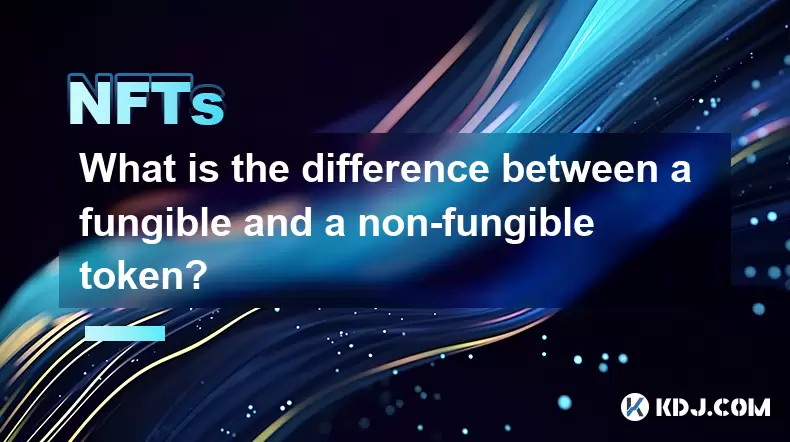
What is the difference between a fungible and a non-fungible token?
Aug 11,2025 at 12:07pm
Understanding Fungibility in Digital AssetsThe concept of fungibility is foundational to understanding both fungible and non-fungible tokens (NFTs) in...
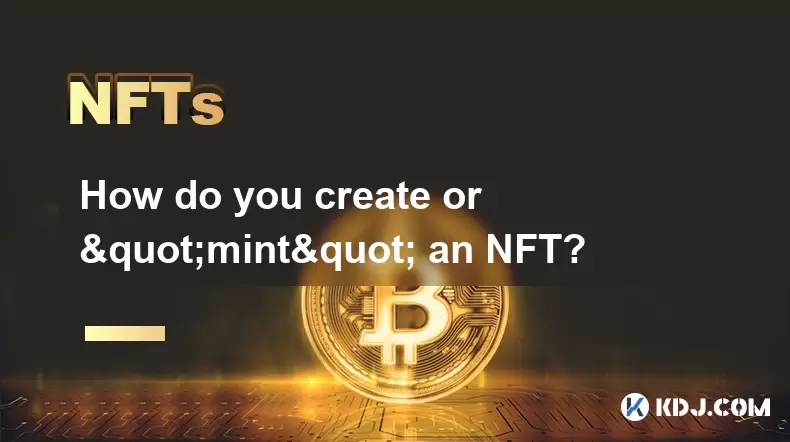
How do you create or "mint" an NFT?
Aug 09,2025 at 08:56pm
Understanding What an NFT Is Before MintingBefore diving into the process of creating an NFT, it's essential to understand what an NFT actually is. An...
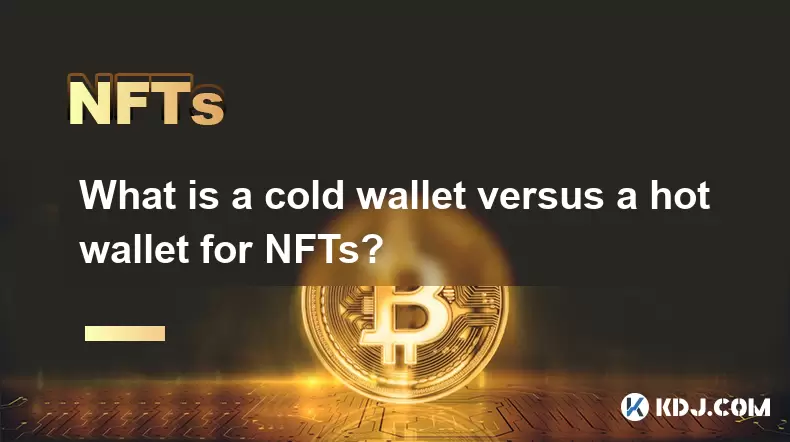
What is a cold wallet versus a hot wallet for NFTs?
Aug 10,2025 at 10:49pm
Understanding Cold Wallets and Hot Wallets in the NFT EcosystemIn the world of NFTs (Non-Fungible Tokens), digital ownership and security are paramoun...

How do I protect my NFTs from being stolen?
Aug 11,2025 at 06:28pm
Understanding the Risks to NFT OwnershipNFTs, or non-fungible tokens, represent unique digital assets secured on blockchain networks. Despite their cr...
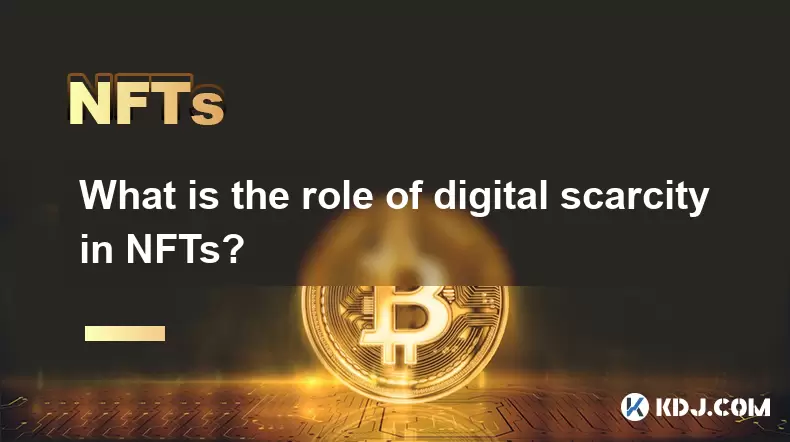
What is the role of digital scarcity in NFTs?
Aug 11,2025 at 11:36pm
Understanding Digital Scarcity in the Context of NFTsDigital scarcity refers to the deliberate limitation of digital assets to create value through ra...
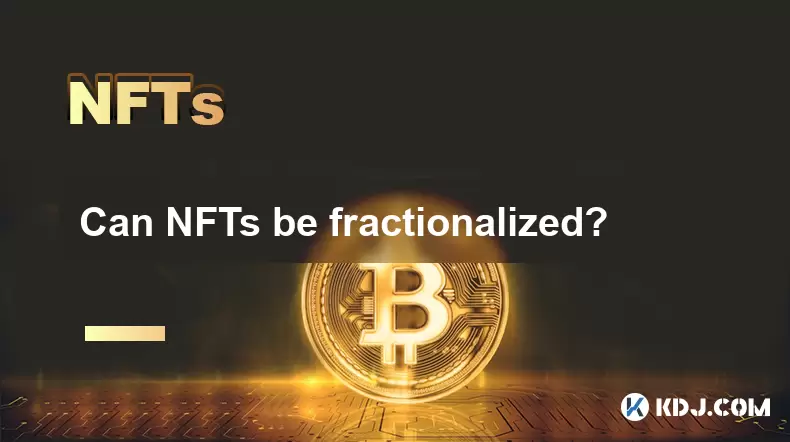
Can NFTs be fractionalized?
Aug 11,2025 at 12:07am
Understanding NFT FractionalizationNFT fractionalization refers to the process of dividing a single non-fungible token into multiple smaller, fungible...

What is the difference between a fungible and a non-fungible token?
Aug 11,2025 at 12:07pm
Understanding Fungibility in Digital AssetsThe concept of fungibility is foundational to understanding both fungible and non-fungible tokens (NFTs) in...

How do you create or "mint" an NFT?
Aug 09,2025 at 08:56pm
Understanding What an NFT Is Before MintingBefore diving into the process of creating an NFT, it's essential to understand what an NFT actually is. An...

What is a cold wallet versus a hot wallet for NFTs?
Aug 10,2025 at 10:49pm
Understanding Cold Wallets and Hot Wallets in the NFT EcosystemIn the world of NFTs (Non-Fungible Tokens), digital ownership and security are paramoun...

How do I protect my NFTs from being stolen?
Aug 11,2025 at 06:28pm
Understanding the Risks to NFT OwnershipNFTs, or non-fungible tokens, represent unique digital assets secured on blockchain networks. Despite their cr...

What is the role of digital scarcity in NFTs?
Aug 11,2025 at 11:36pm
Understanding Digital Scarcity in the Context of NFTsDigital scarcity refers to the deliberate limitation of digital assets to create value through ra...

Can NFTs be fractionalized?
Aug 11,2025 at 12:07am
Understanding NFT FractionalizationNFT fractionalization refers to the process of dividing a single non-fungible token into multiple smaller, fungible...
See all articles

























































































